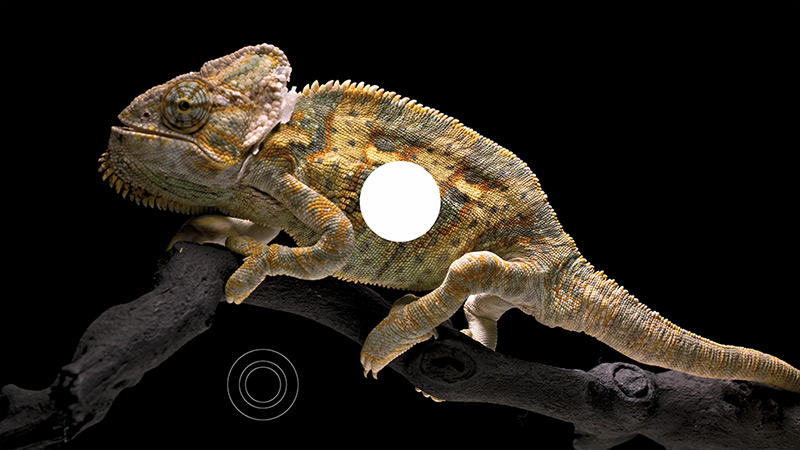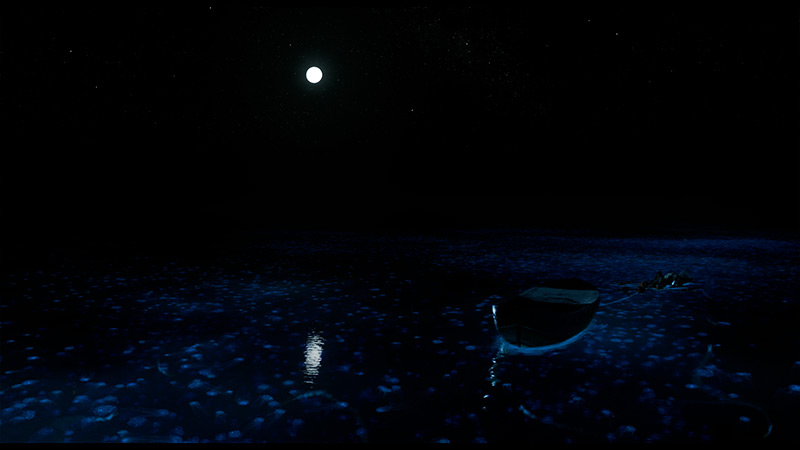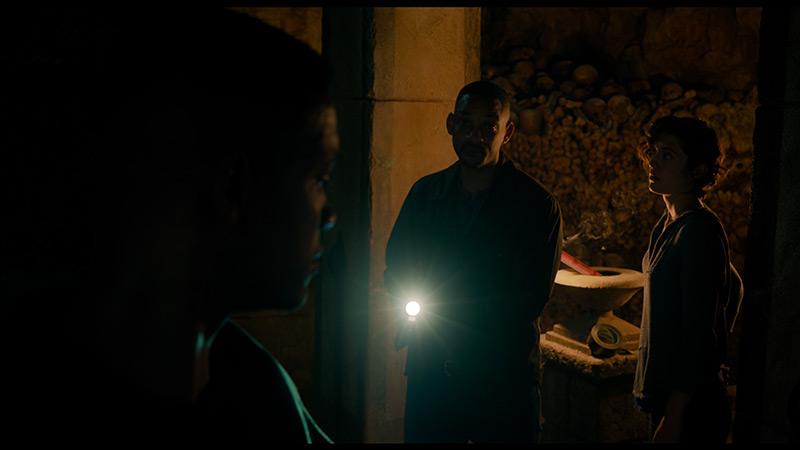The TCL P755 stands out with its integration of Google TV, providing a smooth, user-friendly experience and access to thousands of apps and streaming services like Netflix, HBO Max, YouTube, and Disney+. The system personalises content recommendations based on the user’s viewing habits, adding a customised touch. Support for AirPlay and Windows Miracast further enhances its appeal, allowing the P755 to act as a central entertainment hub with both convenience and functionality.
In terms of picture quality, the P755 impresses within its price range, with Dolby Vision support for an enriched HDR experience that features deeper colours and enhanced contrast. Its wide colour gamut coverage ensures vibrant and lifelike visuals, making movies and series more immersive. The high native contrast is also notable and rare among similarly priced competitors, offering an attractive viewing experience.
For gamers, the TCL P755 has benefits like low input lag, making it responsive enough for fast-paced games. While the TV’s 60 Hz panel and HGiG limitations may pose minor challenges, it remains a good choice for casual gaming.
However, the P755 has some limitations. Low brightness and narrow viewing angles may impact viewing in brightly lit spaces, and dithering can introduce artefacts in darker scenes and reduce font clarity on a PC.
Overall, the TCL P755 offers premium features like Dolby Vision, a wide colour gamut, and low input lag at an affordable price, with the trade-offs being reasonable given its price bracket.
The Sony X75WL model, introduced in 2023 and carried into 2024, offers a range of attractive features. Running on the Google TV platform, it provides users with personalised recommendations based on their preferences and previously viewed content. Key applications like Netflix, YouTube, and Amazon Prime Video are readily available, and full integration with the Google Play Store allows for downloading additional apps, including games and media players. The built-in Google Assistant enhances usability, enabling voice-command control for a more seamless user experience.
The TV’s versatility is evident with features such as USB recording and peripheral connectivity, making it practical for various user needs. Its strong compatibility with PCs, supported by chroma 4:4:4 and low input lag, positions the X75WL as a good option for office work or home use. Audio performance is also commendable, offering subtle bass and clear sound that should satisfy most casual listeners without external speakers.
However, the X75WL does come with some limitations. Its low contrast and average HDR performance mean it is not the best choice for dark-room viewing, where deep blacks and detailed image quality are important. Additionally, the thicker bezels may not be aesthetically appealing to some users. Despite these drawbacks, the X75WL is still a versatile and practical television, particularly for those seeking functionality at a reasonable price. For those not committed to the brand, exploring competitive models might be worthwhile, as they may offer a superior quality-to-price ratio.













































































































